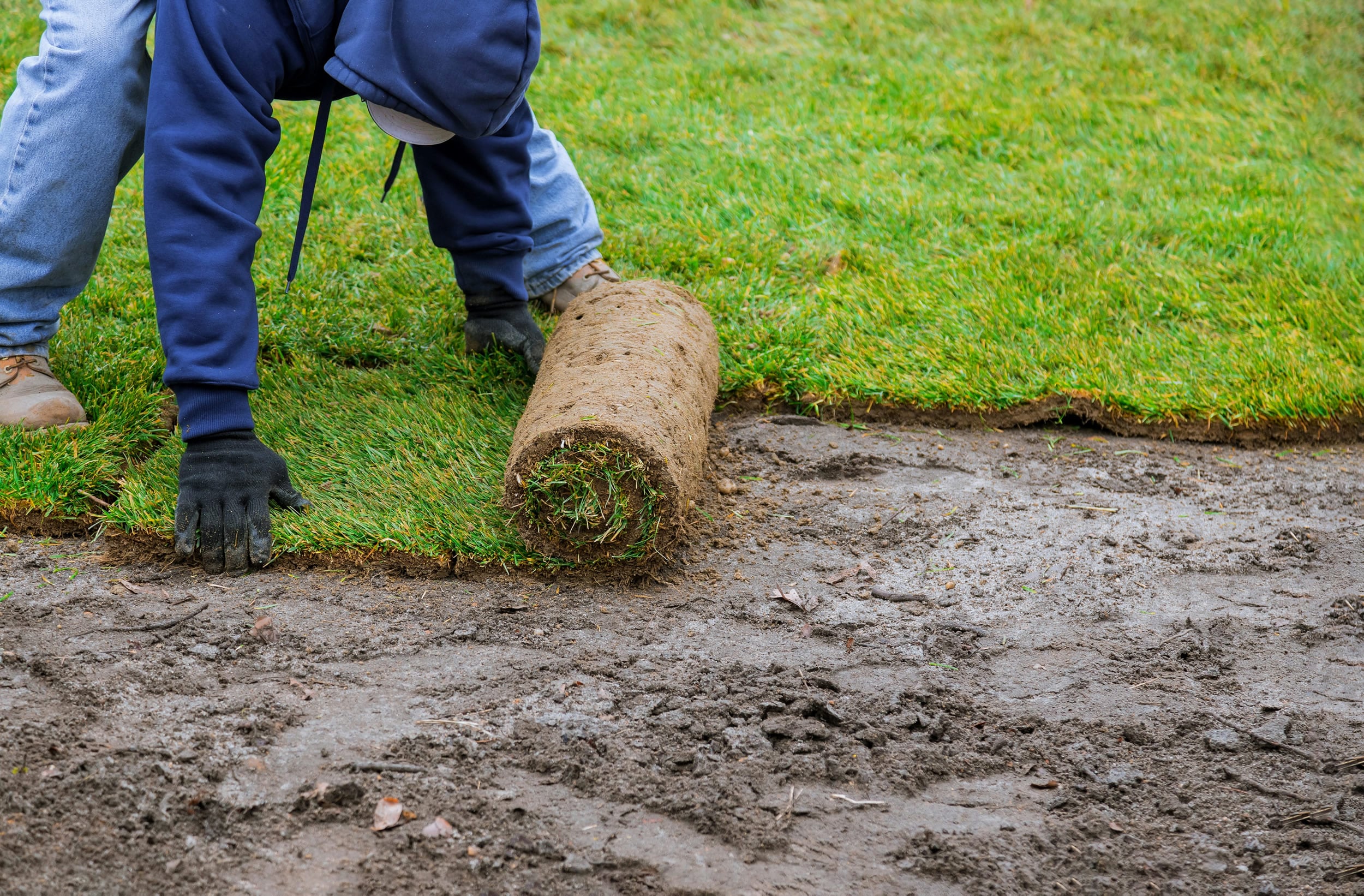Introduction
When it comes to establishing a lush, green lawn, homeowners are often faced with a critical decision: should they choose sod or seed? Both options have their advantages and drawbacks, and the right choice depends on a variety of factors including budget, time, and desired results. In this comprehensive guide, we will explore the differences between sod and seed, helping you make an informed decision that best suits your lawn care needs.
Understanding Sod and Seed
What is Sod?
Sod is pre-grown grass that is sold in sections, typically in rolls or squares. It includes grass and a layer of soil held together by the roots or a thin layer of biodegradable material. Sod is grown on specialized farms and is harvested when it reaches a mature stage, ready to be installed on your lawn.
What is Seed?
Grass seed, on the other hand, is a more traditional method of establishing a lawn. It involves spreading grass seeds over prepared soil, where they will germinate and grow into a full lawn over time. This method can be more labor-intensive and time-consuming but offers flexibility in terms of grass variety and lawn customization.
Pros and Cons of Sod
Advantages of Sod
- Instant Lawn: One of the most significant benefits of sod is that it provides an instant lawn. Once laid, sod gives your yard a finished look immediately.
- Weed Control: Sod provides a thick layer of grass that can suppress weed growth more effectively than seed.
- Erosion Prevention: Sod is excellent for preventing soil erosion, especially on slopes or areas prone to heavy rain.
- Less Watering: Newly laid sod requires less water to establish compared to seed, which needs frequent watering to germinate.
Disadvantages of Sod
- Cost: Sod is generally more expensive than seed, both in terms of materials and installation.
- Limited Grass Varieties: The selection of grass types available in sod form is often limited compared to seed.
- Labor Intensive: Installing sod can be labor-intensive and may require professional help to ensure proper laying and rooting.
Pros and Cons of Seed
Advantages of Seed
- Cost-Effective: Grass seed is significantly cheaper than sod, making it a budget-friendly option for homeowners.
- Variety and Customization: With seed, you have a wide range of grass types to choose from, allowing you to customize your lawn to your specific climate and aesthetic preferences.
- Less Labor: While it requires more time to establish, seeding a lawn is less labor-intensive and can be done by most homeowners without professional help.
Disadvantages of Seed
- Time-Consuming: Seeding a lawn takes time, often several months, before it is fully established.
- Weed Growth: Seeds are more susceptible to weed infestation, which can compete with grass for nutrients and water.
- Soil Erosion: Newly seeded areas are prone to erosion, particularly in heavy rain or wind.
- Frequent Watering: Seeds require consistent moisture to germinate, necessitating regular watering.
Factors to Consider When Choosing Between Sod and Seed
Budget
Your budget is a major factor in deciding between sod and seed. If cost is a primary concern, seeding may be the better option. However, if you have the funds and desire an instant lawn, sod might be worth the investment.
Time
If you need a lawn quickly, sod is the clear winner as it provides immediate results. Seed, while more time-consuming, might be suitable if you can wait for the grass to grow.
Climate and Soil Conditions
The climate and soil conditions of your area can also influence your decision. Some grass types thrive better in certain climates, and the soil in your yard might be more suited to either sod or seed.
Maintenance
Consider the level of maintenance you are willing to commit to. Sod requires less initial maintenance but needs proper installation. Seed demands more attention during the germination phase but offers more flexibility in the long run.
Steps to Install Sod
Installing sod involves several steps to ensure successful rooting and growth:
- Prepare the soil by removing debris and leveling the ground.
- Water the soil lightly before laying the sod.
- Lay the sod pieces closely together to avoid gaps.
- Water the sod thoroughly after installation.
- Keep off the new sod for at least two weeks to allow rooting.
Steps to Seed a Lawn
Seeding a lawn also requires careful preparation and maintenance:
- Test and prepare the soil by tilling and adding necessary nutrients.
- Spread the seeds evenly across the soil.
- Lightly rake the soil to cover the seeds.
- Water the area gently and maintain moisture until the grass is established.
- Mow the lawn once the grass reaches a suitable height.
Conclusion
Choosing between sod and seed ultimately depends on your specific needs, preferences, and circumstances. Sod offers the advantage of an immediate lawn and is ideal for those who want quick results with less initial maintenance. Seed, however, provides a cost-effective and customizable solution that can be tailored to your climate and aesthetic preferences. By considering factors such as budget, time, and maintenance, you can make a well-informed decision that will lead to a beautiful and thriving lawn. Whether you choose sod or seed, the result will be a green space that enhances the beauty and value of your home. Take the first step today and start planning your dream lawn with the help of professional landscaping services.
